A project to evaluate technologies to prevent the spread of infectious bioaerosols is making progress. Led by Dr. Montse Torremorell at the University of Minnesota, the project is identifying existing and emerging technologies across different industries for their ability to contain bioaerosols in the face of swine disease outbreaks. Next steps will be to research feasibility and cost effectiveness of potential biocontainment technologies.
Currently the group is writing a report on the technologies to be considered for their implementation in agricultural settings. Technologies identified thus far include fibrous filtration, ionization, bipolar ionization, ultraviolet light type C, ultraviolet light type A, electrostatic precipitation, microwave, photo electrochemical oxidation, non-thermal plasmas, and air filters coated with antimicrobial materials.
Fibrous filtration, with 11 references in the review, is the most well-established and widely applied approach for biocontainment. Its method of action is the indiscriminate removal of particles from flowing airstreams. There is a balance between the particle size dependent removal efficiency for a filter, which should be as high as possible, and the pressure drop across the filter for a given flow rate, which is directly related to the energy costs of filter operation. Furthermore, filter loading increases pressure drop but also efficiency, and must be considered in filter application.
Ultraviolet light, with 16 references in the review, is an established route towards pathogen inactivation in aerosols, as nucleic acid molecules readily absorb photons near this wavelength (254 nm). UV-C (and potentially UV-A) sources can be incorporated in-ducts to directly inactivate pathogens in aerosols, in-conjunction with filters to inactivate collected pathogens, and in upper room bulbs to inactivate larger spaces. However, the latter typically cannot be operated continuously, as UV-C can be mutagenic or carcinogenic at high exposure levels.
Electrostatic precipitation, with 10 references in the review, is commonly used in the combustion industry. Electrostatic precipitation is a process wherein particles are unipolarly ionized through interaction with gas phase ions, and ionized particles are exposed to DC electric fields, which lead to their deposition. Electrostatic precipitators (ESPs) are competitive technologies with filters, able to achieve similar-to-better collection efficiencies with minimal pressure drops. They still require periodic cleaning of particles from deposition electrodes, and their performance does change over time as particles deposit.
Fibrous filtration, UV light sources, and ESPs are all established technologies used in commercial and residential and health settings, and all of which could be adopted in biocontainment strategies. There are more recently developed ionization schemes (16 references), photocatalytic approaches (nine references), and disinfection technologies (13 references) which are still at the developmental stage and need to be tested for efficacy at scales relevant to agricultural biocontainment and tested for animal safety.
In addition to the completed work, the project will also provide a cost-benefit and feasibility analysis on identified technologies. This portion of the study will also examine procedures for technologies’ application to swine farms for short- and long-term development. Additionally, investigators will assess a subset of technologies for their capabilities to biocontain viruses with different transmission routes and biological characteristics.
SHIC, launched by the National Pork Board in 2015 solely with Pork Checkoff funding, continues to focus efforts on prevention, preparedness, and response to novel and emerging swine disease for the benefit of US swine health. As a conduit of information and research, SHIC encourages sharing of its publications and research. Forward, reprint, and quote SHIC material freely. SHIC is funded by America’s pork producers to fulfill its mission to protect and enhance the health of the US swine herd. For more information, visit http://www.swinehealth.org or contact Dr. Sundberg at [email protected].
Copyright 2024 | Swinehealth.org | Website by Heartland Marketing Group